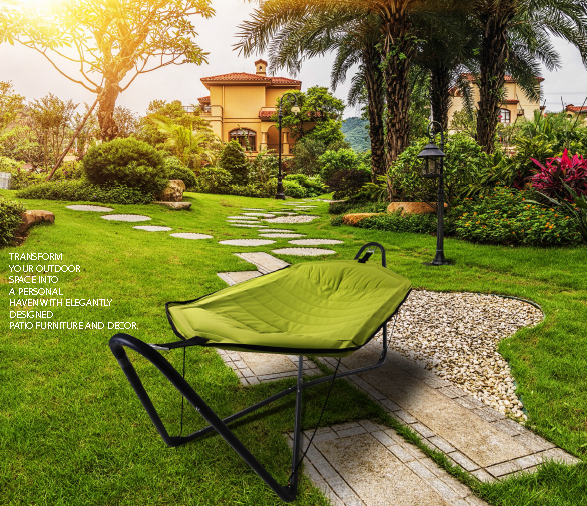Trap printing is also called trapping, also known as expansion and contraction, mainly to compensate for the trapping between two adjacent different colors caused by inaccurate printing.
When people face printed matter, they always feel that the dark color is close to the human eye and the light color is far from the human eye. The dark color above remains unchanged to ensure that the visual effect is not affected.
Trap processing principles
The implementation of the trapping process must also follow certain principles. Generally, it is to expand the lower color without expanding the color, expand the light color without expanding the dark color, and expand the flat screen without expanding the solid ground. Sometimes mutual expansion can be carried out. In special cases, reverse trapping should be performed, and even a gap between two adjacent colors must be added to compensate for the overprint error, so that the printed product is beautiful.
The size of the trapping volume depends on the characteristics of the printing material and the accuracy of the printing system. Generally, the trapping volume of offset printing is smaller, and the trapping volume of gravure printing and flexo printing is larger, generally 0.2-0.3mm, which can be determined according to the printing accuracy or requirements of customers.
Common trapping methods
There are four main trapping methods.
(1) Monochrome line overprinting method: add light-colored lines on the edge of the color block, and select the line attribute as overprinting.
(2) Synthetic line method: add synthetic line on the edge of the color block. Line attribute is not selected as overprint.
(3) Layered method: Trap is achieved by shrinking or expanding elements on different layers.
(4) Shifting method: By moving the position of the inflection point in the color block to achieve shrinkage or expansion, it is generally used in traps related to gradation.
White trap processing
In plastic packaging printing, white ink is widely used. Generally, in the printing of transparent or translucent plastics, it is necessary to use white as the base, and sometimes two layers of white are also supported. To prevent the white under the color block from being exposed due to inaccurate overprinting, white retraction should be considered before printing.
1. The white retraction can be done according to the shade of the color or the customer's requirements. The amount of retraction is generally 0.2-0.3mm.
2. If the color block is white and the side is transparent, the white can retract 0.3mm into the color block.
3. When the black and gold are entrusted to white, the white can retract 0.5-1mm into the black and gold.
4. If the color block is lighter or flat, the amount of white retraction should be small or not. For example, when the dot percentage of the color block is between 30% and 50%, the amount of white retraction can be 0.15mm; and when the dot percentage of the color block is less than 30%, white can not be retracted.
5. When placing white under a gradient pattern, white should be considered for diagonal retraction. The cyan gradient supports white, the white in the dark blue is retracted by 0.2mm, and the white in the light blue is retracted by 0.1mm, which can be shifted by the inflection point.
6. If the transparent color (not white under the ink) is adjacent to other colors, the white under other colors should be retracted by 0.2mm; if the transparent color is directly adjacent to white, the white should be expanded by 0.2mm into the transparent color to avoid leaks .
Our outdoor hammock is with its global pioneering design, breaking through convention, utilizing textilene boldly, Sevenze`s garden hammock receives rich reputation. Meanwhile, hard work on hammock stand brings its gorgeous appearance and outstanding quality. Each hammock set, through strict safety test before reaching customer,is safe, reliable, and permanently guaranteed.
Hammock Bed,Indoor Hammock,Chair Hammock,Camping Hammock
SEVENZE INDUSTRAL CO.,LIMITED , http://www.sevenze.com